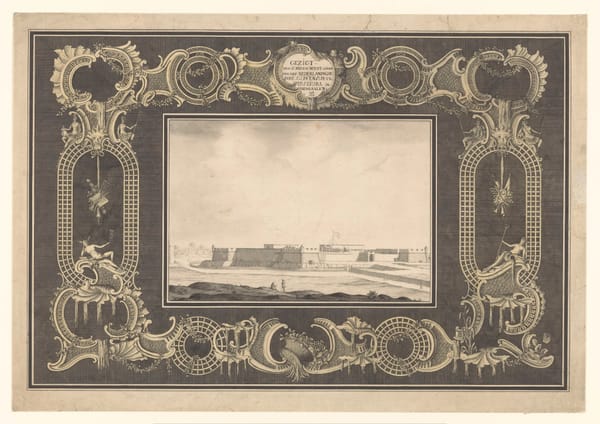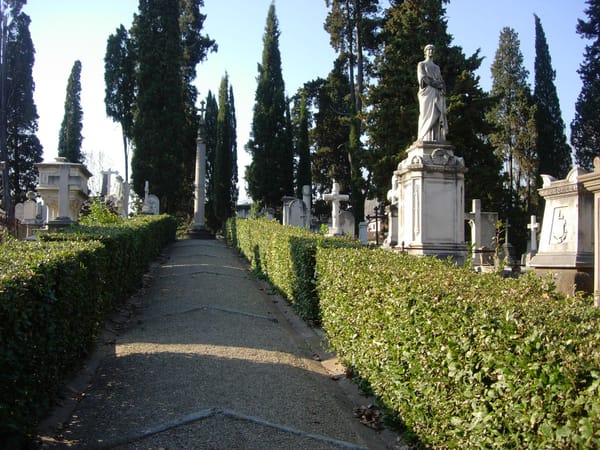Typologies of the Early Modern Factory: a seventeenth-century VOC Perspective
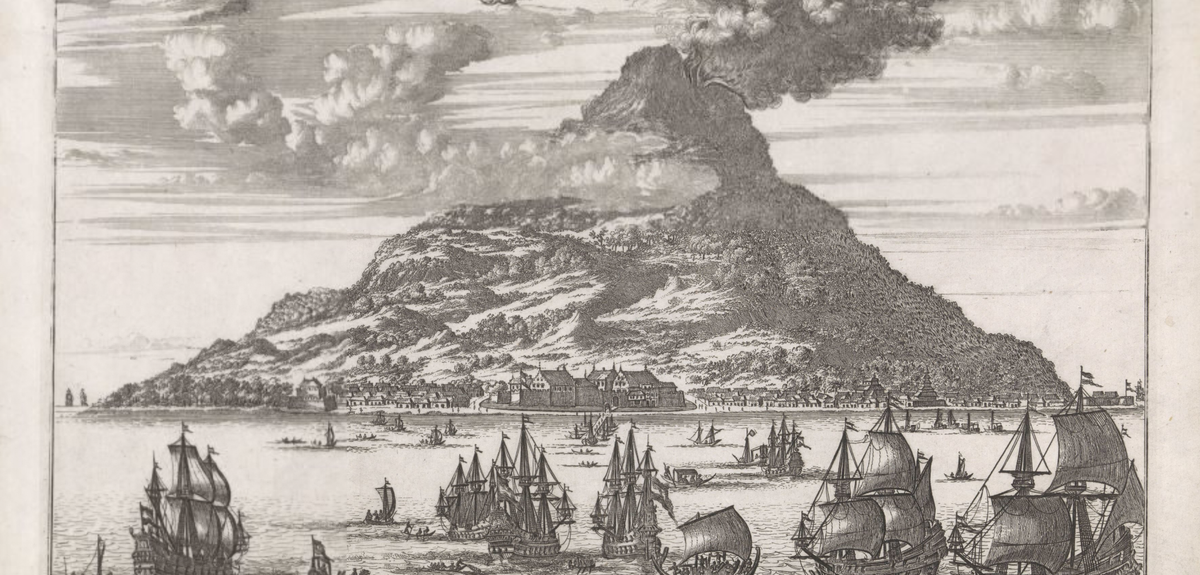
As Michael O'Sullivan has outlined in his blogpost ‘What is a Factory?’ (www.capasia.eu/what-is-a-factory/), understanding the factory is at the core of the CAPASIA project. This world of European factories in Asia was an extremely heterogeneous one. Some factories existed only for a few years, others for centuries; some grew into fortified cities, others consisted of only a warehouse; some were centres of government, others narrowly devoted to commerce. This variation makes the task of trying to devise a typology of factories a difficult one.
I’m not about to try to that in this short post, of course. Instead, I will turn to the categorisation used in two seventeenth-century texts (1620 and 1650) for some inspiration. In discussing these texts I will try to explore the possibility of incorporating an endogenous (i.e. VOC) perspective. Historians have acknowledged the usefulness of both of these texts. Where, in his classic work on the VOC, Femme Gaastra refers to both these two contemporary classifications as the basis for a possible categorisation of the trade in different factories of the VOC, the one from 1650 features in Arthur Weststeijn’s analysis of the VOC as a ‘Company State’. Gaastra used the texts to understand the organisation and hierarchy of the different factories of the VOC, Weststeijn to comprehend from intellectual historical perspective how Dutch expansion was understood in the Dutch Republic at the time.
So let me begin with the earlier text, by Laurens Reael in 1620. After having served the Company in Asia for nine years, in several positions including Governor-General of the Company in Asia, Reael returned to the Republic. Upon his return, he was requested to testify to the Dutch Estates-General about his experience. In his report of testimony, he distinguishes three types of relations that the Company had with ‘princes, potentates, peoples, and nations (‘princen, potentaten, volckeren ende natiën’) throughout the Archipelago that defined the nature of the commerce that the Company pursued there.
- In the first case, rulers accepted the VOC as their protectors and superiors, for example the king of Ternate (Northern Moluccas).
- In the second case, rulers were bound to the Company through special contracts, like the King of Bantjan (south of Ternate).
- The third category included most princes and peoples in the region, and were defined by the fact that the Company simply possessed a treaty allowing it to trade there. The examples he gives here are the princedoms on the coasts of Java, Malaysia, and Coromandel.
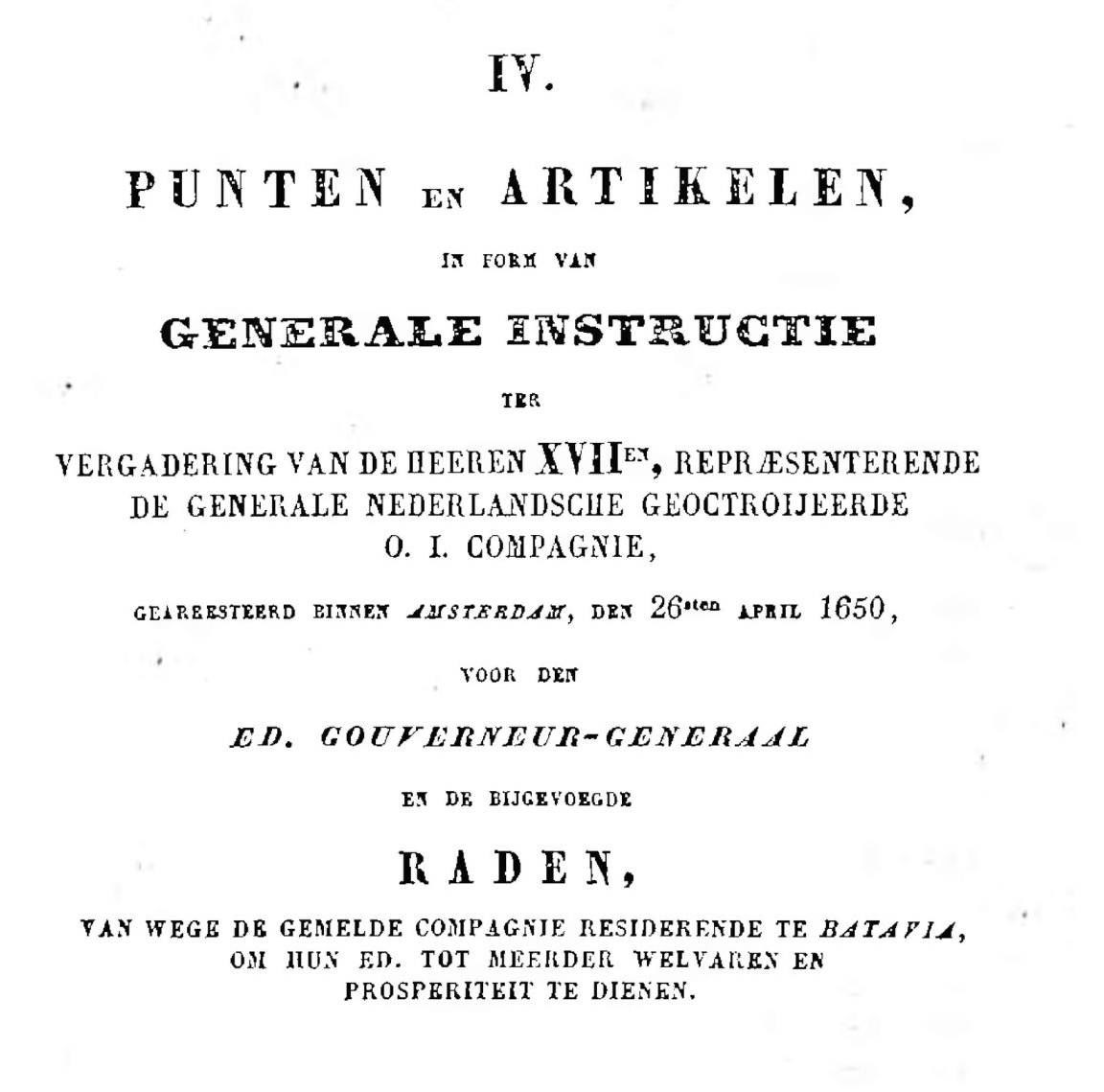
Thirty years later, the VOC board members in Europe made a similar distinction in their 1650 instructions (‘Generale Instructies’) to the VOC government in Batavia. In this instruction the directors (bewindhebbers) also distinguishes three commercial environments that determined how its trade ought to be understood. Although similar to Reael’s classification, the emphasis is slightly different, illustrating the Companies dominance over the Moluccas and its production of spices.
- The first category they introduce is that of commerce in its own conquests, that is, the Banda islands. Since 1620, the native population there had been massacred by VOC forces and replaced by perkeniers who produced nutmeg and mace on conditions that the Company dictated.
- The second category of commerce is that based on ‘the power of exclusive contracts’. Here the Company’s trade with the King of Ternate is mentioned again.
- The third category corresponds to that of Reael, and concerns commerce based on treaties with Asian rulers without any special status for the Company.
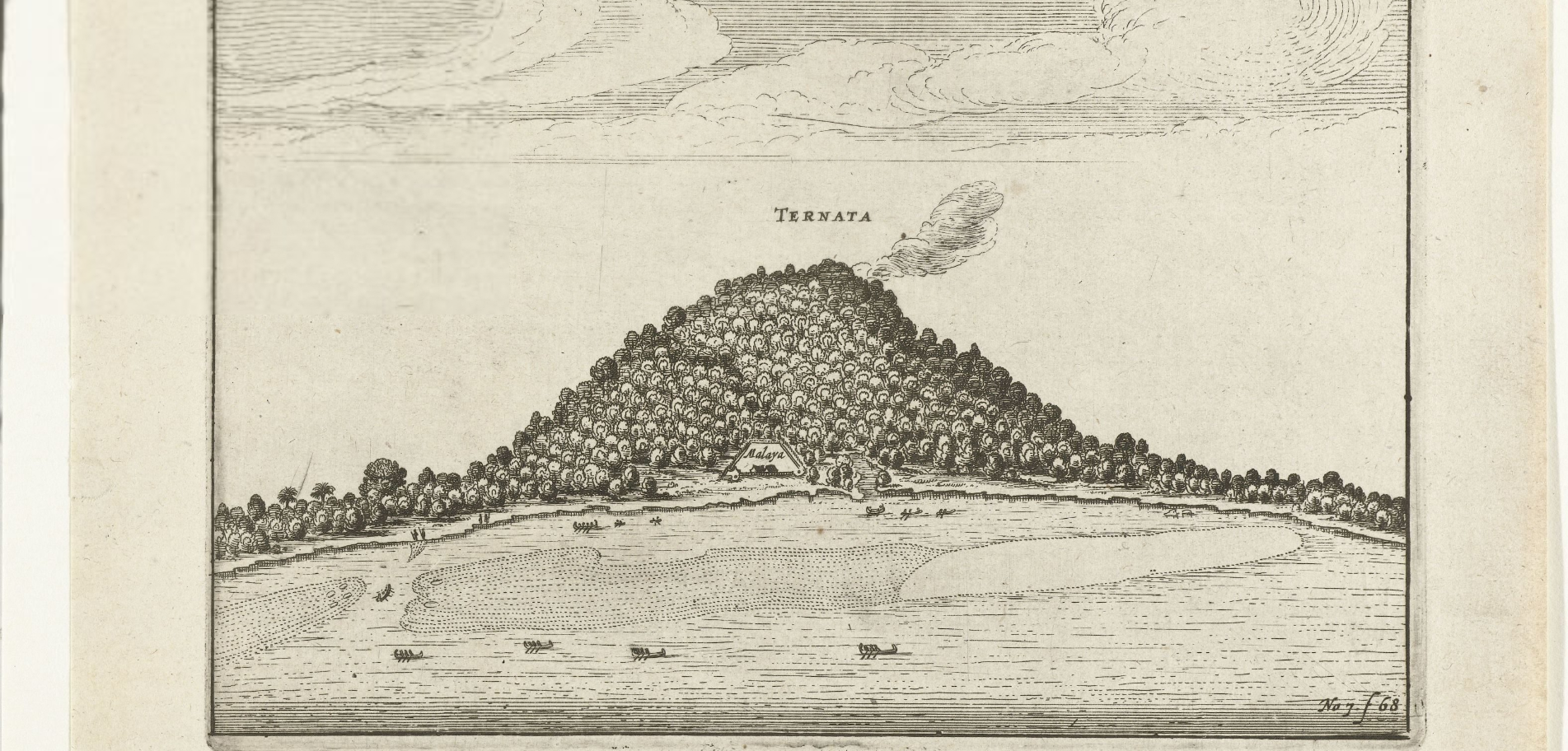
So these classifications all prioritised the political-economic relations of the Company vis-à-vis local rulers. The nature of those relations are seen as defining the conditions for trade. That is, the stronger the political hold of Company was over the local rulers, the more advantageous the commercial conditions were for the Company. This is an important reminder that any typology of factories must include a dimension indicating the political basis of the factories. What were the type of power relations at play?
This immediately raises several methodological challenges. Power relations between Companies and Asian rulers changed over time. In general, the companies acquired more territorial power in the long run but this definitely was not a linear process and varied from place to place. Also, these power relations can be difficult to characterise and could have been conceived differently by rulers, companies, and different historians for that matter. As we have seen, the classifications also mainly refer to the situation in the Indonesian Archipelago, where the VOC managed to gain more power in the Moluccas. This begs the question to what extent the categorisation would hold for the other regions where the VOC operated, like Persia, Japan, or India. Are these tripartitions also relevant to the factories of the Portuguese, British, French, or minor companies that are part of the CAPASIA project?
Developing a typology of the European factories in Asia whilst allowing space for their heterogeneity is evidently not an easy task. But it is one perhaps best tackled with the help of those who tried to understand them at a time when they were new.
Sources
Gaastra, F.S. De Geschiedenis van de VOC (7th ed., Zutphen: Walburg Pers, 2002).
Meijer, P., ‘Pointen ende Articulen in forme van Generale Instructie (1650)’ in Verzameling van instructien, ordonnanciën en reglementen voor de Regering van Nederlandsch-Indië (Batavia, 1848), pp. 72-116.
Opstall, M.E. van, ‘Het verslag van Laurens Reael over de toestand in Oost-Indië, uitgebracht in de Staten-Generaal op 30 maart 1620’, in Nederlandse Historische Bronnen I (The Hague, 1979), pp. 93-97.
Weststeijn, Arthur, ‘The VOC as a Company-State: Debating Seventeenth-Century Dutch Colonial Expansion’, Itinerario 38, no. 1 (April 2014): 13–34.


